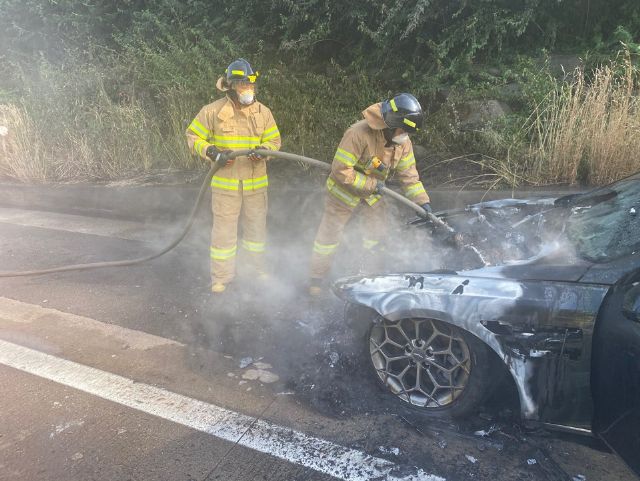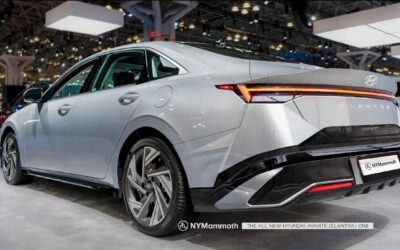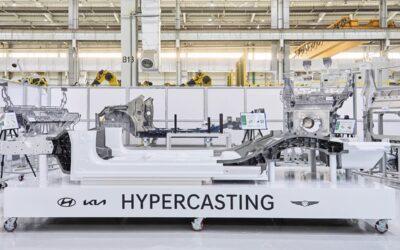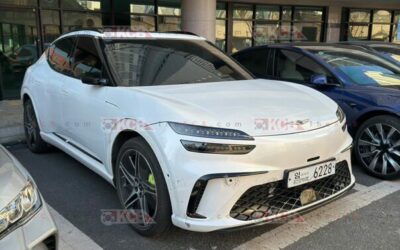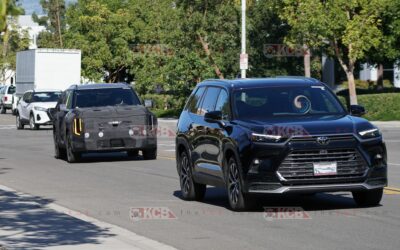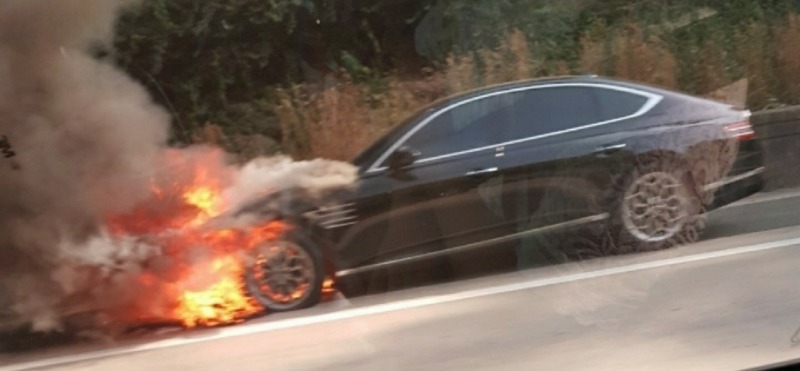
Yesterday a few images of a third-generation Genesis G80 vehicle on fire hit the internet so hard and many comments started to be shared in forums, social media, etc… We tried to got more information on the incident as well as an explanation, due to is not the first time a G80 comes on fire, but at least not the first time a Hyundai Motor Group car that goes on fire.
[ads id=”9″]
A third generation Genesis G80 vehicle was driving on the 4th at 4:50 pm, and a fire broke out near the Changwon 2 tunnel in Jinju, Namhae Expressway.
The car burned in the accident, but the driver escaped immediately, and fortunately there were no casualties. The G80 vehicle in the accident is estimated to be a gasoline 2.5 turbo vehicle. The fire department has not yet identified specific specifications, such as engine displacement for the vehicle. Officials at the Changwon Fire Department are still investigating the cause of the accident.
However, as a result of the interview with ZDnet Korea, air cleaner products mainly installed in large trucks near the site of the G80 accident were found burned with debris. As a result, the possibility of fire due to friction between the lower part of the vehicle and the air cleaner component increased, rather than a fire due to a defect in the vehicle engine.
The fire vehicle was equipped with a built-in cam rather than a normal black box. The built-in cam is a genuine black box that Hyundai Motor Group installed for the first time in the 8th generation Sonata in March last year. However, the built-in cam inside the G80 fire vehicle was not recorded.
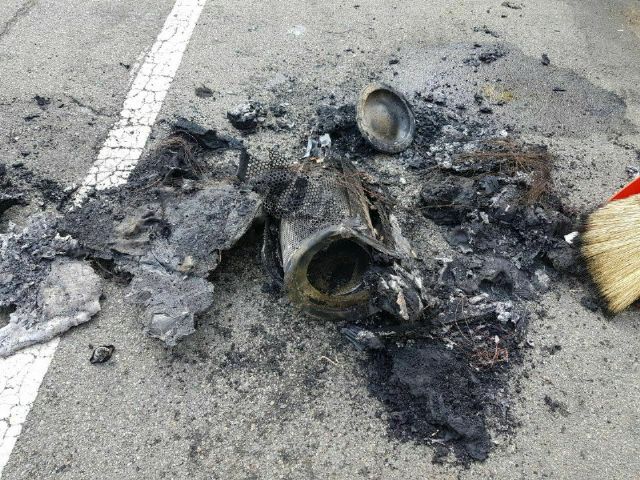
[ads id=”8″]
During the tunnel driving, the victim’s car owner found paper boxes and box fragments on the road. The car owner who found the box immediately tried to change the lane, but it was not easy because there were many traffic in the surrounding lane. Eventually, the owner decided to hit the box and drive. It was the borrower’s own judgment that a sudden change in lane was more likely to lead to a major accident where many would be damaged.
After hitting the box, the car owner confirmed that the low-pressure warning light for the air pressure warning device was activated in the cluster inside the vehicle. And when the speed of driving down the tunnel and the vehicle coming from behind rang, the car owner turned on the emergency light and passed through the tunnel to park on the shoulder.
At this time, the other vehicle on the road had an initial suppression with a fire extinguisher and called a fire engine. This is because the driver judged wisely and reduced the possibility of accidents that could occur more.
From the driver’s standpoint, it is possible that the air cleaner inside the paper box has a friction with the lower part of the vehicle and catches fire. The victim of the accident suffered an unexpected fire accident within a month of delivery.
